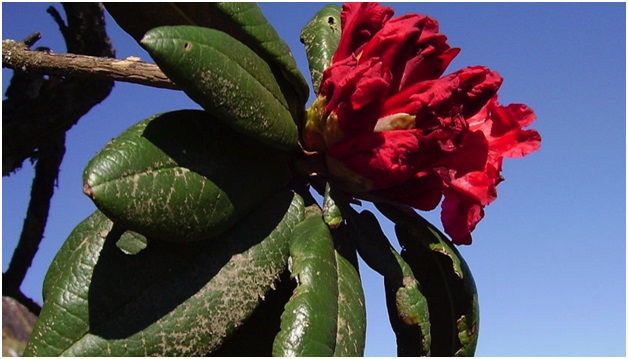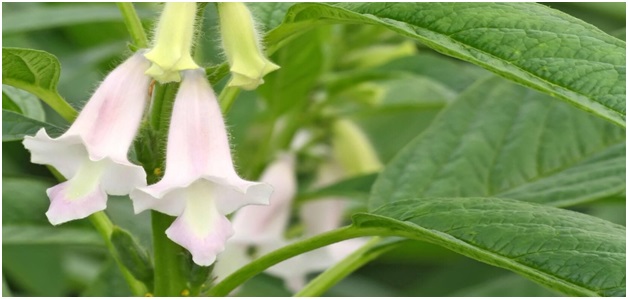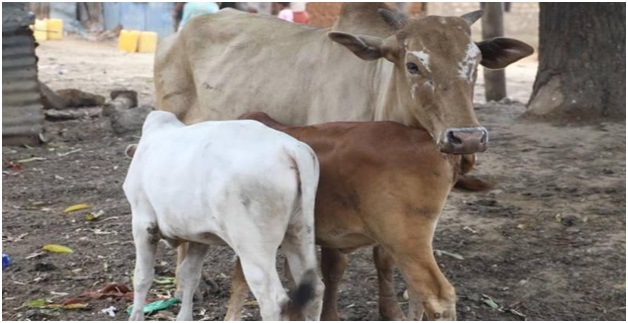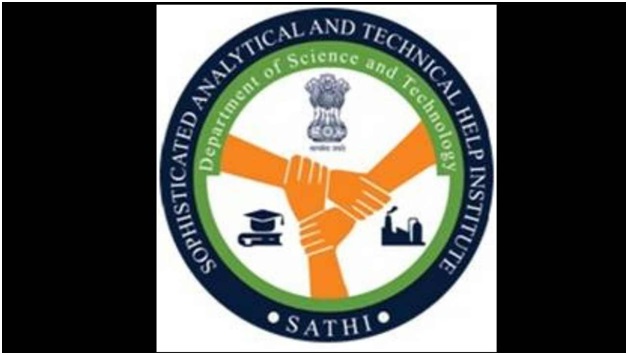Rhododendron (The Hindu)

- 20 Nov 2023
Why is it in the News?
Recently rhododendron blooms in parts of Uttarakhand in November, worries experts.
About Rhododendron:
- Rhododendron is a diverse genus of flowering plants, encompassing over a thousand species, which include trees, shrubs, and creepers.
- These woody flowering plants belong to the heath family (Ericaceae) and are recognized for their appealing flowers and handsome foliage.
- Habitat: Rhododendrons thrive in various habitats, ranging from alpine regions and coniferous and broadleaved woodlands to temperate rainforests and even tropical areas.
- Distribution: Native to temperate regions of Asia, North America, and Europe, as well as tropical regions in Southeast Asia and northern Australia, rhododendrons have a broad geographical distribution.
- They flourish in slightly acidic soil conditions.
- Diversity: This genus displays an extensive range of sizes and shapes, from low-growing prostrate ground covers to towering trees exceeding 100 feet in height.
- In India, there are 132 taxa, including 80 species, 25 subspecies, and 27 varieties of rhododendrons.
- Local Names and Significance: In the local language, rhododendrons are known as "Lali Guras."
- Notably, they hold cultural significance as the national flower of Nepal and the state tree of Uttarakhand in India.
Nitrogen-9 Nucleus (Indian Express)

- 20 Nov 2023
Why is it in the News?
Researchers have found "compelling evidence" supporting the existence of the uncommon nitrogen-9 isotope. This discovery challenges previous interpretations and provides a fresh perspective on subatomic structures.
About Nitrogen-9 Nucleus:
- Nitrogen-9 is a radioactive isotope of nitrogen.
- This means that it is unstable and will eventually decay into a different isotope of nitrogen or a different element.
- It is considered unusual because it has an uncommon combination of seven protons and two neutrons (7:2) in its atomic nucleus.
- This creates an unusually high ratio of protons to neutrons.
- Generally, elements have a balanced ratio for stability, but Nitrogen-9’s high proton content makes it less stable, challenging the conventional stability thresholds.
- This oddity raises questions about its existence in this state and how it maintains stability, introducing complexity to our understanding of atomic nuclei.
- The reason for nitrogen-9's short half-life is that the strong force, which is responsible for holding nuclei together, is not strong enough to overcome the Coulomb repulsion between the positively charged protons in the nitrogen-9 nucleus.
- The discovery of nitrogen-9 is a major breakthrough in our understanding of nuclear physics.
- It showed that nuclei with very high proton-to-neutron ratios can exist, even if they are only for a very short time.
- This discovery has led to new research into the limits of nuclear stability and the role of nucleons (protons and neutrons) in holding nuclei together.
What is an Isotope?
- An isotope is a variant of a chemical element that has the same number of protons but a different number of neutrons in its atomic nucleus.
- This variance in neutron count results in different atomic masses for isotopes of the same element.
- Isotopes of an element share similar chemical properties but may exhibit differences in physical properties, such as stability and radioactivity.
Onattukara Sesame (The Hindu)

- 20 Nov 2023
Why is it in the News?
Efforts are being made to expand the cultivation of geographical indication (GI)-tagged Onattukara sesame.
About Onattukara Sesame:
- Onattukara sesame is a special sesame seed variety native to the Onattukara region of Kerala.
- It is renowned for its distinctive flavor, rich aroma, and exceptional nutritional and health value.
- In 2023, it received a geographical indication (GI) tag, recognizing its unique characteristics and link to the Onattukara region.
- This recognition serves as a testament to the exceptional qualities of Onattukara sesame and is expected to propel its demand and further empower the farmers of the region.
- Onattukara sesame distinguishes itself from other sesame varieties through its unique flavor profile.
- This distinctive flavor profile makes Onattukara sesame an indispensable ingredient in traditional Kerala cuisine, where it graces a variety of dishes, from curries and chutneys to sweet snacks.
- Distinguishing Features:
- Flavor and Aroma: Onattukara sesame has a nutty, slightly sweet flavor and a rich, earthy aroma.
- Nutritional Value: It is a rich source of vitamins and minerals, including vitamin E, calcium, magnesium, and iron.
- It also contains healthy fats, such as omega-3 and omega-6 fatty acids.
- Medicinal Properties: Traditionally, Onattukara sesame oil has been used in Ayurveda for its medicinal properties, including its ability to promote skin health, reduce inflammation, and relieve joint pain.
Freemartins (The Hindu)

- 20 Nov 2023
Why is it in the News?
Farmers in agricultural settings often identify freemartins by observing their physical and/or behavioral traits since these animals are unable to reproduce.
About Freemartins:
- A freemartin is an infertile female cattle with masculinized behavior and non-functioning ovaries.
- This condition is caused by the exchange of cells between female and male twins in utero.
- The male twin produces a hormone called anti-Müllerian hormone (AMH), which suppresses the development of the female reproductive tract.
- As a result, the female twin is born with an underdeveloped reproductive system and is unable to reproduce.
- Freemartinism occurs in about 90% of female cattle twins that share a placenta with a male twin.
- This is because the placentas of cattle twins are often fused together, allowing cells to move between the two fetuses.
- The fusion of placentas usually occurs between 40 and 120 days of gestation.
- In addition to being infertile, freemartins may also exhibit some masculine characteristics, such as a deeper voice, coarser hair, and a more muscular build.
- This is because they have been exposed to AMH from their male twin.
- There is no treatment for freemartinism, as the animal is infertile and cannot produce offspring.
- However, freemartins can still be used for other purposes, such as meat production or draft work.
Sophisticated Analytical & Technical Help Institutes (SATHI) Initiative (The Hindu)

- 20 Nov 2023
Why is it in the News?
The cancellation of a call for proposals under the Department of Science and Technology's SATHI program by the Centre has raised concerns among higher education institutions.
About Sophisticated Analytical & Technical Help Institutes (SATHI) initiative:
- The Department of Science and Technology (DST) is starting a project to create a shared Science and Technology infrastructure facility called Sophisticated Analytical & Technical Help Institute (SATHI).
- This facility will be available for use by academic institutions, startups, manufacturing units, industries, and R&D labs.
- The goal is to offer efficiently managed services with high transparency, accessibility, and effectiveness all in one place, catering to the needs of industries, startups, and academia.
- In the first phase, SATHI facilities will be set up at IIT-Delhi, IIT-Kharagpur, and BHU-Varanasi.
- This initiative aims to benefit less-endowed organizations like MSMEs, startups, state universities, and colleges, fostering a strong culture of research collaboration across different institutions and disciplines.
Aims & Objectives of SATHI:
- Provide shared, professionally managed Science and Technology services and infrastructure.
- Ensure efficiency, accessibility, and transparency for the demands of faculty, researchers, scientists, and students from various institutes and organizations.
- Enable round-the-clock R&D activities with minimal downtime.
- Offer facilities for fabrication work, rapid prototyping, material testing, characterisation, device fabrication, smart manufacturing, and more.
- Attract and support R&D labs, industrial R&D, MSMEs, Incubators, Start-ups, etc.
- Organize short-term courses, workshops, seminars, and hands-on training programs on the use and application of various instruments and techniques.
- Provide technical help and scientific knowledge to both external and internal users/researchers.
- Train technicians for maintaining and operating sophisticated scientific instruments.
- Maintain a record of trained personnel for better societal outreach and utilization of trained manpower across different SATHI centers when needed.
